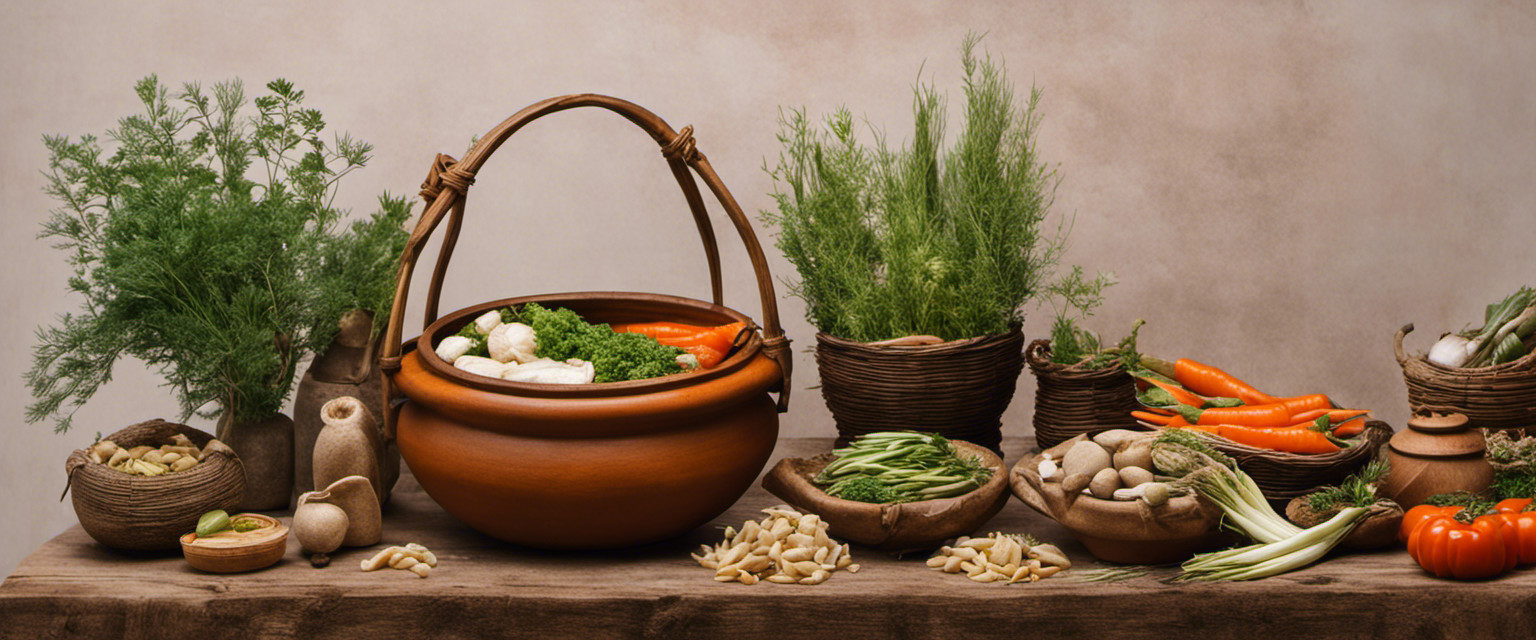Ancient bookbinding, a subject that may appear inconsequential to the uninitiated, holds significant historical and cultural value. The evolution of bookbinding techniques offers insights into the ingenuity and craftsmanship of ancient civilizations.
This article aims to explore various methods employed in ancient bookbinding, shedding light on their technical intricacies. By understanding these techniques, readers will gain a comprehensive perspective on the art and evolution of bookbinding throughout history.
Ultimately, this knowledge provides an appreciation for the skillful preservation of knowledge that has endured through time.
Ancient Bookbinding History
This discussion focuses on the binding techniques and materials used in ancient bookbinding. Ancient civilizations developed various binding techniques to secure their manuscripts, such as sewing the pages together, attaching them to wooden boards, or wrapping them in leather covers.
The choice of materials for bookbinding varied depending on the region and time period, including parchment, papyrus, vellum, and leather. Understanding these binding techniques and materials provides valuable insights into the art and evolution of ancient bookbinding practices.
Binding Techniques Used
Binding techniques used in ancient bookbinding can be categorized into various types based on the materials and methods employed.
One such technique is Coptic binding, which originated in Egypt around the 2nd century AD. It involves sewing sections of parchment or papyrus together through a chain stitch, creating a flexible spine.
Another technique is Japanese stab binding, which emerged in the 7th century AD. This method uses a series of holes punched along the spine edge and then threaded with decorative thread to hold the pages together.
Materials Used
One recurring material used in the various types of binding techniques is parchment, a writing material made from animal skins that has been used for centuries. Parchment is highly durable and flexible, making it ideal for bookbinding. It can be prepared in different ways to create variations such as vellum and palimpsest.
The historical significance of parchment lies in its role as a medium for preserving knowledge throughout history, providing insights into ancient cultures and civilizations.
Main Explanation: Techniques of Ancient Bookbinding
The techniques employed in ancient bookbinding are an integral aspect of understanding the art and evolution of this craft. Different types of ancient bookbinding techniques were used, such as Coptic binding, Ethiopian binding, and Islamic binding. These techniques involved various methods to sew and attach pages together, creating a sturdy and functional book structure.
In addition to their functional aspects, decorative elements also played a significant role in ancient bookbinding. Embellishments like gold tooling, blind stamping, and painted designs added beauty and prestige to these handmade books.
Tips for Ancient Bookbinding Techniques
In order to successfully recreate ancient bookbinding techniques, it is important to follow certain guidelines and recommendations. Here are three essential tips for improving your bookbinding skills:
-
Familiarize yourself with the necessary tools: To achieve authentic results, you will need specialized tools such as bone folders, awls, and linen thread.
-
Practice precision and attention to detail: Ancient bookbinding requires meticulous craftsmanship and accuracy in measuring, cutting, folding, and sewing.
-
Study historical sources and expert guidance: Learning from established experts in the field and studying ancient manuscripts can provide valuable insights into traditional techniques.
Final Thoughts
To conclude, it is evident that following the aforementioned guidelines and recommendations can greatly contribute to the successful recreation of traditional bookbinding techniques.
The significance and preservation of ancient bookbinding techniques cannot be understated. These techniques provide insights into the historical development of books and their physical construction.
Additionally, they have a profound impact on modern bookbinding methods, as they inform contemporary practices and inspire innovation in the field.
Frequently Asked Questions
What Are Some Common Materials Used in Ancient Bookbinding?
Some common materials used in ancient bookbinding include papyrus and parchment. However, challenges in preserving ancient bookbindings arise from factors such as humidity and pests. These materials and preservation issues contribute to the study of ancient bookbinding techniques.
How Did Ancient Bookbinding Techniques Influence the Development of Printing?
Ancient bookbinding techniques played a pivotal role in the development of printing, influencing its evolution and impact on the spread of knowledge. The incorporation of binding methods allowed for mass production and dissemination of texts, facilitating intellectual freedom.
Were There Any Notable Advancements or Innovations in Ancient Bookbinding?
Notable advancements and innovations in ancient bookbinding include the use of parchment, the introduction of sewn bindings, the development of decorated covers, and the invention of techniques such as gilding and tooling. These advancements enhanced the durability, aesthetic appeal, and value of ancient books.
What Are Some Challenges or Difficulties in Preserving Ancient Bookbindings?
Preserving techniques for ancient bookbindings pose numerous challenges and difficulties. Restoration efforts require careful handling of fragile materials, such as parchment or vellum, and the use of specialized tools to repair damage caused by age, environmental factors, and previous handling.
Are There Any Famous Ancient Bookbinding Workshops or Artisans That Are Still Recognized Today?
Famous ancient bookbinding workshops and artisans that are still recognized today include the Aldus Manutius workshop in Venice and the Atelier du Livre d’Art et de l’Estampe in Paris. Their techniques and craftsmanship have had a significant impact on modern bookbinding practices.





